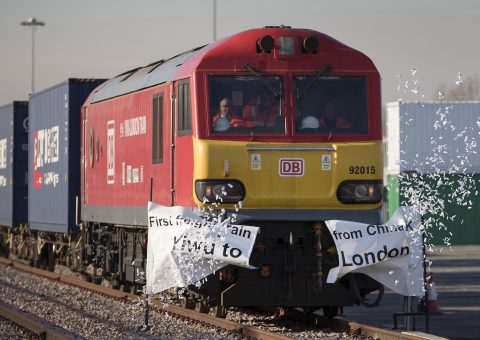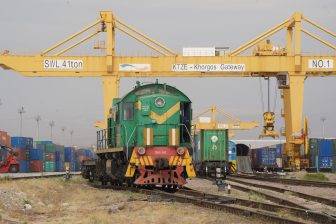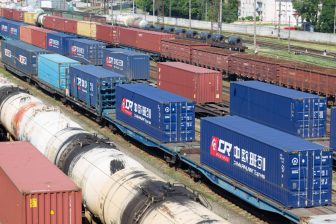
Suez disturbance surges Eurasian rail freight
Better times on the Barking line - the first New Silk Road train arrives just over three years ago in 2017
In the month after the Suez incident, there has been an increase in China-Europe rail freight services. This was observed by U-Freight Group, a freight forwarder and logistics provider. According to the company, the Suez disturbance led many shippers to reconsider their options and include rail-and specifically intermodal services- in their transport solutions.
Do you want to read the full article?
Thank you for visiting RailFreight.com. Become a member of RailFreight Premium and get full access to all our premium content.
Are you already a member?
Having problems logging in? Call +31(0)10 280 1000 or send an email to customerdesk@promedia.nl.




